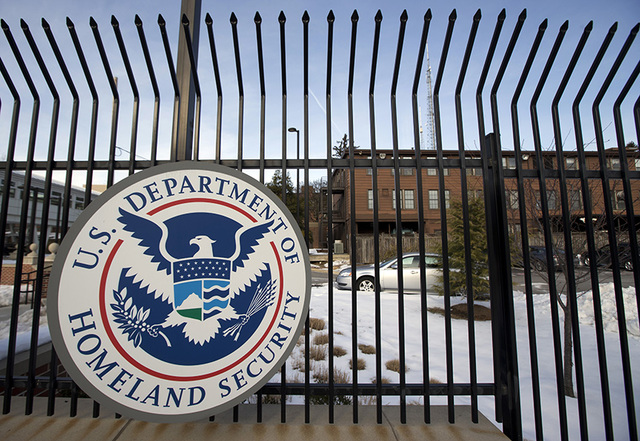WASHINGTON — Hackers working for the Chinese state breached the computer system of the Office of Personnel Management in December, U.S. officials said Thursday, and the agency will notify about 4 million current and former federal employees that their personal
WASHINGTON — Hackers working for the Chinese state breached the computer system of the Office of Personnel Management in December, U.S. officials said Thursday, and the agency will notify about 4 million current and former federal employees that their personal data may have been compromised.
The hack was the largest breach of federal employee data in recent years. It was the second major intrusion of the same agency by China in less than a year and the second significant foreign breach into U.S. government networks in recent months. Russia last year compromised White House and State Department email systems in a campaign of cyber-espionage.
The OPM, using new tools, discovered the breach in April, according to officials at the agency who declined to discuss who was behind the hack.
Other U.S. officials, who spoke on the condition of anonymity, citing the ongoing investigation, identified the hackers as being state-sponsored.
One private security firm, iSight Partners, says it has linked the OPM intrusion to the same cyberespionage group that hacked the health insurance giant Anthem. The FBI suspects that that intrusion, discovered in February, was also the work of Chinese hackers, people close to the investigation have said.
The intruders in the OPM case gained access to information that included employees’ Social Security numbers, job assignments, performance ratings and training information, agency officials said. OPM officials declined to comment on whether payroll data was exposed other than to say no direct-deposit information was compromised. They could not say for certain what data was taken, only what the hackers gained access to.
“Certainly, OPM is a high-value target,” OPM Chief Information Officer Donna Seymour said in an interview. “We have a lot of information about people, and that is something that our adversaries want.”
The personal information exposed could be useful in crafting “spear-phishing” emails, which are designed to fool recipients into opening a link or an attachment so that the hacker can gain access to computer systems. Using the stolen OPM data, for instance, a hacker might send a fake email purporting to be from a colleague at work.
After the earlier breach discovered in March 2014, the OPM undertook “an aggressive effort to update our cybersecurity posture, adding numerous tools and capabilities to our networks,” Seymour said. “As a result of adding these tools, we were able to detect this intrusion into our networks.”
“Protecting our federal employee data from malicious cyber incidents is of the highest priority at OPM,” the agency’s director, Katherine Archuleta, said in a statement.
In the current incident, the hackers targeted an OPM data center housed at the Interior Department. The database did not contain information on background investigations or employees applying for security clearances, officials said.
By contrast, in March 2014, OPM officials discovered that hackers had breached an OPM system that manages sensitive data on federal employees applying for clearances. That often includes financial data, information about family and other sensitive details. That breach, too, was attributed to China, other officials said. OPM officials declined to comment on whether the data affected in this incident was encrypted or had sensitive details masked. They said it appeared that the intruders are no longer in the system.
“There is no current activity,” an official said. But Chinese hackers frequently try repeat intrusions.
Seymour said the agency is working to better protect the data stored in its servers throughout the government, including by using data masking or redaction. “We’ve purchased tools to be able to implement that capability for all” the data, she said.
Among the steps taken to protect the network, the OPM restricted remote access to the network by system administrators, officials said. When the OPM discovered the breach, it notified the FBI and Department of Homeland Security.
A senior DHS official, who spoke on the condition of anonymity because of the ongoing investigation, said the “good news” is that the OPM discovered the breach using the new tools. “These things are going to keep happening, and we’re going to see more and more because our detection techniques are improving,” the official said.



